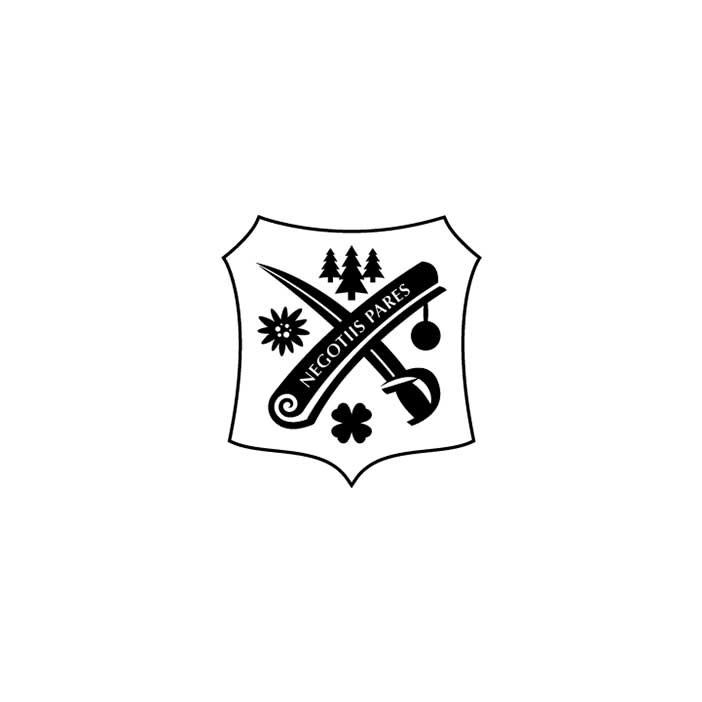A Raphael Revival
A Raphael Revival
ANN DUNCAN, Gazette Art Critic
THE GAZETTE, MONTREAL
September 7th, 1996
William Raphael (1833-1914) was the first Jewish professional artist in Canada. He was respected enough by his peers to have been appointed as a charter member of the Royal Canadian Academy, employed by William Notman's photography studios and sought after as a teacher. Raphael was also considered a significant enough artist that his works were collected by the National Gallery of Canada, the Montreal Museum of Fine Arts, the Musée du Québec and other key Canadian art museums, and he is mentioned in virtually all basic books about Canadian art history.
In the second edition of Dennis Reid's A concise History of Canadian Painting, for instance, Raphael warrants six separate entries. Yet, this Prussian-born, German-trained artist has never had a retrospective exhibition of works until the Galerie Walter Klinkhoff decided to make him the focus of this year's annual historical show, which opens today. Raphael had never ever had a separate biography written about him until the Klinkhoffs published the slim exhibition catalogue. "Here's a guy who was around Montreal long enough, taught lots of people, was significant . . . and is mentioned in all the books." gallery director Eric Klinkhoff said. "But he kind of dropped off the map." However, that is among the purposes of the Klinkhoff historical shows: to resurrect interest in a worthy, but largely forgotten or overlooked artist or to take a fresh look at an artist whose work hasn't been shown locally for a while.
The exercise, now more than two decades should be lauded given that the exhibitions take up to a year to organize and are often of museum-quality. And none of the works in these shows is for sale. Instead, the Klinkhoffs - the gallery is a family affair - offer these exhibitions as a public service. In return, the gallery obtains a hefty public-relations credit, especially with such people as students who had never previously set foot in the gallery. In the two weeks that these shows run, there are roughly the same number of visitors as there are in the subsequent six months, Klinkhoff said.
The Raphael exhibition shows why it is so important for the Klinkhoffs to help fill in such art-historical gaps. While Raphael had his off days, some of his paintings are loaded with competence exhibition a technical mastery that belie his almost non-existent reputation today. His portraits, for instance, are highly formal. But they also leave viewers with a strong sense of the personalities of his subjects, who ranged from a respectfully rendered of Dr. Aaron Hart David, Canada's first Jewish physician, to Dr. Louis Edouard Desjardins, the first French-Canadian ophthalmologist, and his rather severe-looking wife, Zaide Paré. Raphael's subject matter was far from limited to portraits. It seems the artist was intensely curious about all facets of life in his adopted country (he moved here in 1857) and he explored everything from its landscape, native people and flora and fauna to working-class and religious scenes. (He received a number of commissions from a variety of Montreal Catholic orders.)
At times, Raphael's paintings resemble those of Cornelius Krieghoff. But while Krieghoff always portrayed his peasants as being impossibly happy and light-hearted, Raphael showed how tough the life of the poor could be in those days. One small painting has humble horse-cab drivers taking a break in a tavern, while another painting portrays a group of country people being chased through the snow by a pack of wolves. I can't recall a comparable Krieghoff that conveys such a palpable sense of foreboding - rather, Krieghoff's peasants were always frolicking in the snow no matter how nasty the elements were. While Krieghoff was by far the more technically adept of the two painters, it is unfortunate for only one of the artists to have got the glory. Sharon Goelman writes in the catalogue: "Raphael left a precious legacy. He recorde3d for posterity places, landscapes and faces of people of importance who contributed to Canada's growth, as well as scenes of the vanishing Indian and habitant way of life."
The William Raphael retrospective opens at the Galerie Walter Klinkhoff, 1200 Sherbrooke St. W., today. The show runs until Sept. 21. Hours: Monday to Saturday, from 9:30 a.m. to 5:30 p.m.





